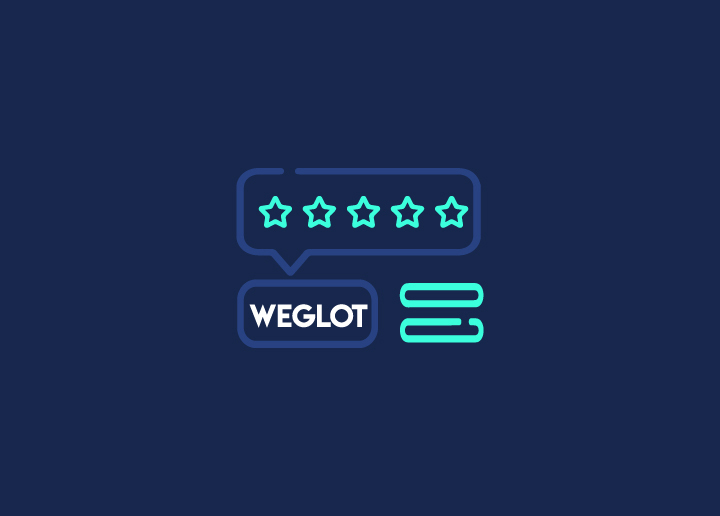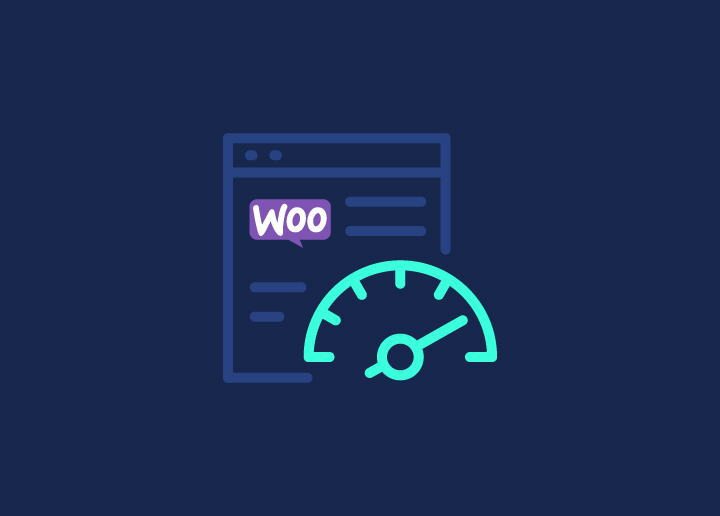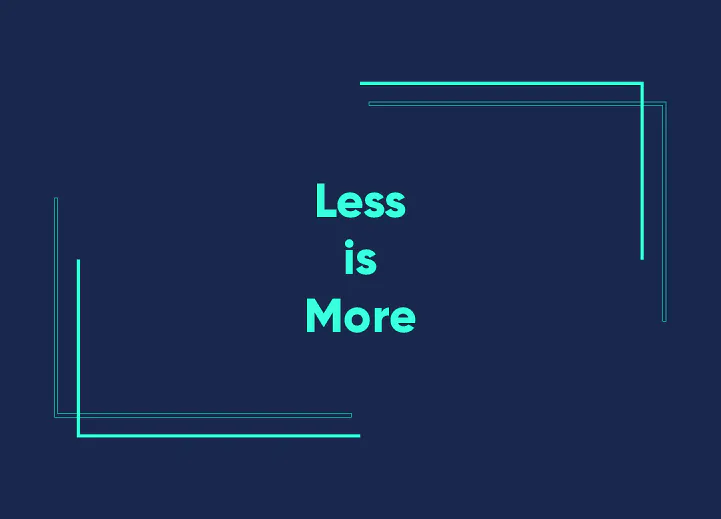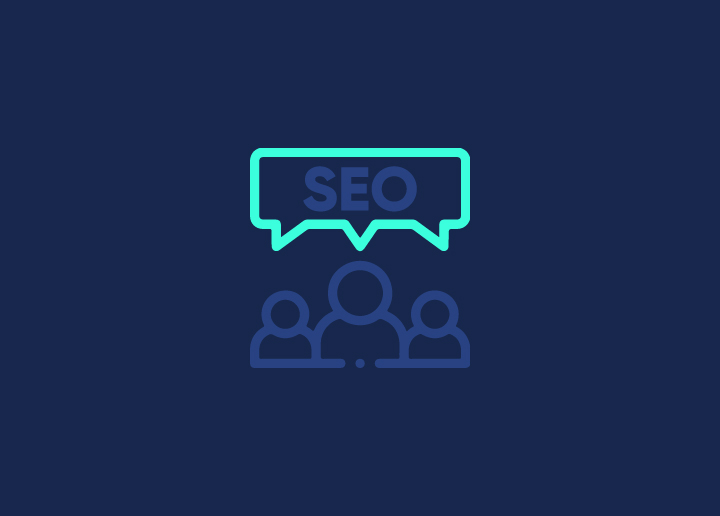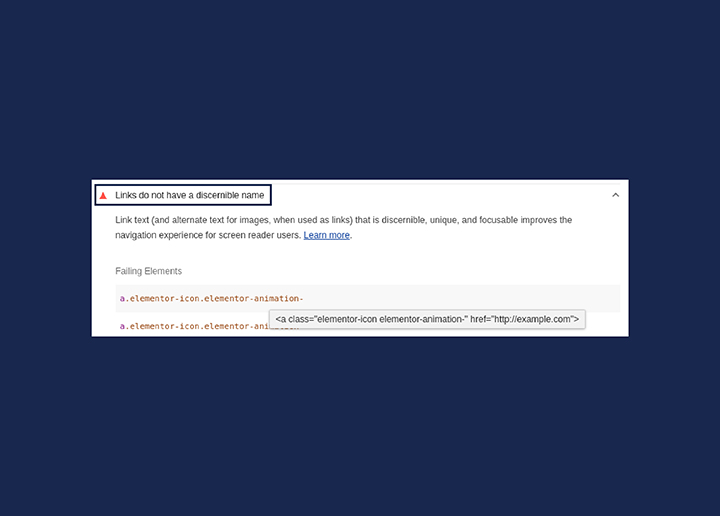There’s no doubt that SEO is extremely crucial for your website’s success. It helps in attracting leads, generating more organic traffic, and improves the overall user experience. However, formulating an SEO strategy for your website is much more than meets the eye!
Did you know that excessive website optimization can actually do more harm than good for your business? If not, we are here to tell you.
Contents
ToggleWhat is Over-Optimization?
Over-optimization usually occurs when the content of the website is filled with as many keywords as possible – be it in the title tags, meta descriptions, or image alt text. Sounds like a great plan, right?
Well, we hate to be the bearer of the bad news, but too many keywords are not at all good for your website or content. It becomes hard to read and comes across like email spam. This prevents your audience from seeing its value and ultimately leads to a negative impact on your search engine rankings.
As per the most recent guidelines by Google, websites that will add too many irrelevant links and keywords into their content would be thrown straight at the bottom of the ranking bar. Moreover, any content that will use more than one H1 header on a page, include links in the footer of articles, or link to low authority sites would also be deemed as over-optimized content.
So, how to fix this?
You can only “fix” a problem if you realize there is a problem in the first place.
Over-optimized content doesn’t just refer to “too many” keywords. It could simply mean that you have dumped a keyword in a place where it isn’t meant to be, making the content sound weird. If while reading the content, it sounds awkward, out of place, or fake, users and Google will find out. Google algorithms, Penguin, and Panda can easily detect over-optimized content. So, don’t try to fool them.
With that cleared, it’s time to de-optimize your optimized content. Here are a few things that you can do.
Recognize the Over-Optimized Content
If you are planning to fix your website with regards to SEO, you need to see where the problem lies. For this, you have to thoroughly check each and every page of the website and find the culprits. Some things that you must pay attention to are:
- If there are any unnecessary keywords in the content
- Keyword-rich anchor text for internal links
- Any backlinks to low authority websites
- A footer with too many keywords
- Non-branded URL
An in-depth website audit will give a good idea of where you went wrong.
Analyze to form a Strategy
Once you find the problem, the next step is to do some analysis and research. Note down the content issues you found and make a list of the keywords that are actually important. If needed, do detailed keyword research to find the best-performing keywords for your specific content.
Basically, your content needs to be in line with Google’s Webmaster Guidelines. Google favors relevant and informative content. So, all you have to do is remove over-stuffed keywords or deceptive content and provide some relevant content that makes sense while following Google’s Guidelines.
The Main Part – De-Optimization
Of course, the more over-optimized your content will be, the more time it will take for you to de-optimize it. But if you do it right, nothing can stop your site’s ranking from skyrocketing!
There are two ways you can go about the de-optimization process – scrap out the faulty content and start afresh or improve the existing content as per the Google Guidelines. Do either of them or a combination of both. Just remember the pointers we mentioned above, and you’ll be good.
Review your Work & Progress
After the dirty work is done, you need to check your progress. After all, you have to make sure if all the hard work is paying off or not!
One thing that will help you is using the tool Fetch as Google. Use it directly from your Search Console account and it will help Google to see the most informative and valuable content on your site and subsequently improve its ranking. Further, this will also help in speeding up the process of content indexing.
Lastly, to check if your search visibility is going up, you can use a rank checking tool.
Remember, the results will not show up in a day or two. You have to be very patient. It will take time for Google or any other search engine to crawl and index your website. SEO is a continuous process and needs a lot of hard work and strategizing. If you don’t have the time to constantly check your website’s health, maybe it’s a good idea to get in touch with an SEO pro!








